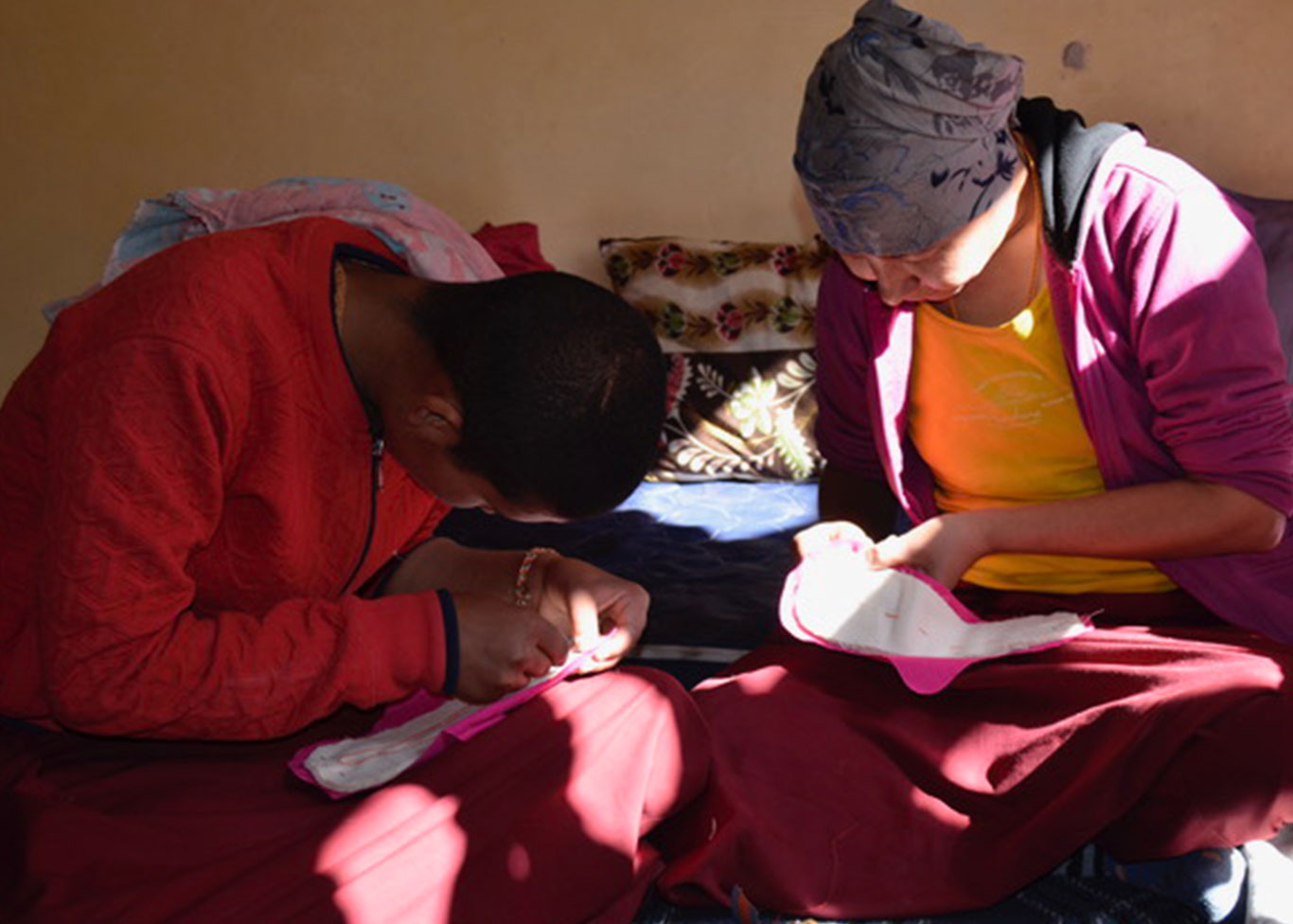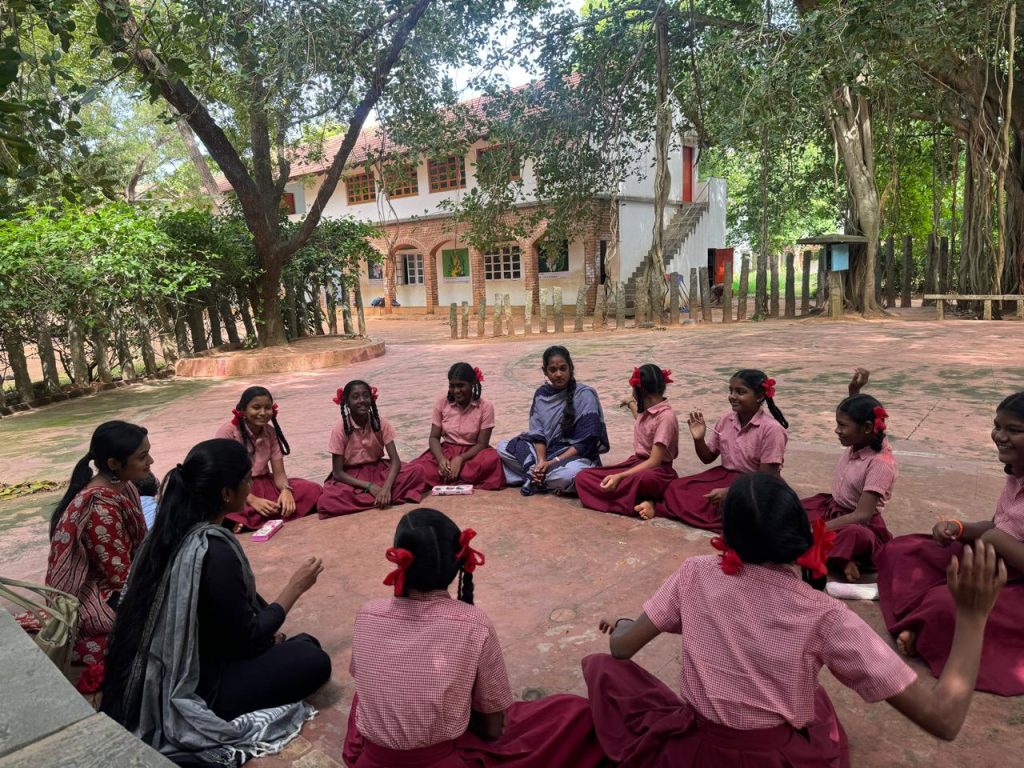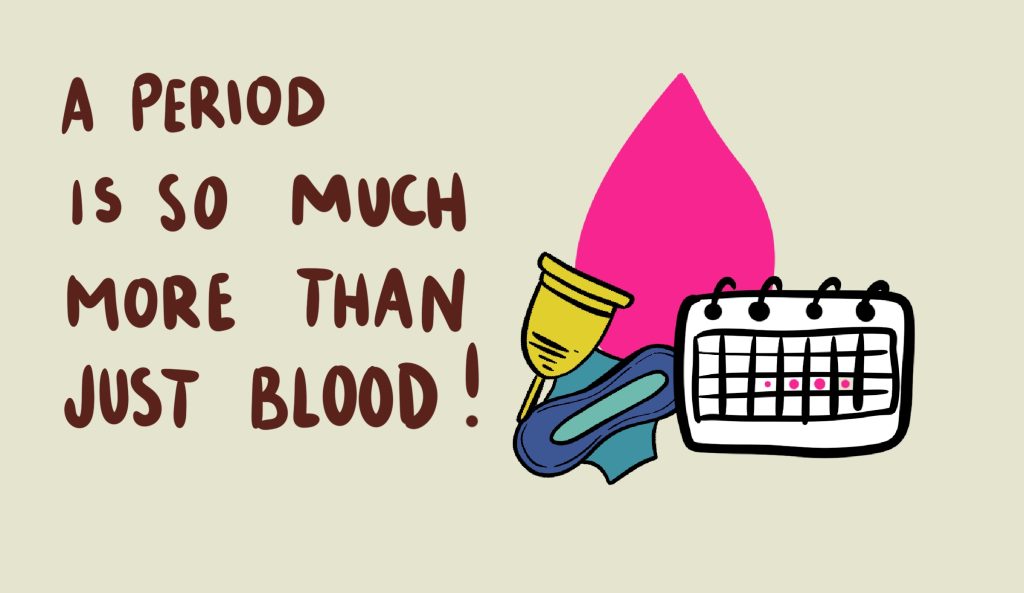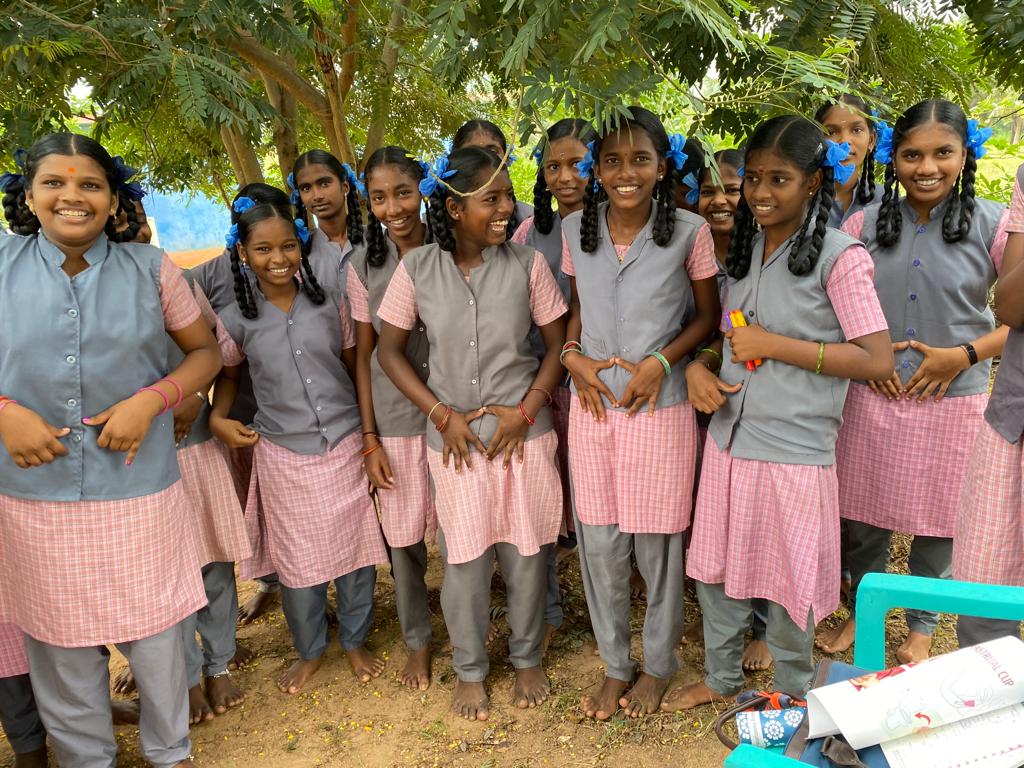During the last few months of lockdown, many things became visible which were before concealed. One of those revelations was that disposing of sanitary waste is actually a real problem – not that we didn’t know that before – but for many people, this reality hit them in a new way as municipal waste collections were disrupted and pads piled up. For many others, another challenge was even being able to buy sanitary napkins as a result of supply chain disruptions due to the delay in Government declaring sanitary products essential items and other logistical bottlenecks.
This got some folk thinking about using reusable menstrual products for the first time. And with time on their hands, and in many cases pure necessity, women began to try their hand at stitching cloth pads, improvising with materials that they already had at home. “How to” videos began to pop up all over social media and this was exciting to see!
The opportunity
Stitching your own cloth pads is definitely very doable and we have long advocated for making your own cloth pads, often including pad stitching workshops as part of our educational offerings and training programs. Years back, we created a Make Your Own Kit to help people out with everything you need including graphic instruction leaflet, an instructional video, well-cut pieces of clean organic flannel cotton, a leak-proof layer and buttons. You can of course also improvise with materials you already have at home. Be creative! As with all cloth pads, careful washing, thorough drying and storing them in a clean place will make them safe to use even if the materials are not new.
The real advantage we have seen is that when you stitch your own cloth pad, there is a joyful pride and satisfaction that comes naturally with everything you have poured your love and care into.
This can also be a big boost to motivate making a switch – there is always a special relationship to a self-made product that is different from buying and using a readymade one. When you make a cloth pad, you realise you can do it – it is not rocket science and it’s also fun!
The caveat… skill is necessary!
Having worked with many different groups where we made cloth pads together, we have seen that sometimes – about 50% of the time to be precise – the results are less satisfactory than hoped for. This is especially true for people who are not experienced in stitching. As with anything that requires some skill, practice makes perfect and the more experience you get, the better will be the results. But we feel it fair to warn you that the first pad and maybe the second and third may not meet your expectations. While it is not very difficult, it is also not nothing to stitch a well-shaped pad with different layers and you may have to make quite a few before you really crack the technique.
The reason we feel it has become important to share our experiences is that there is a growing trend by people who work in menstrual health-related fields to teach cloth pad making, believing it will be sufficient to enable a conversion to cloth pads.
If the results are good, it indeed can motivate making a switch. Conversely, it can actually demotivate those who become discouraged if the results are not satisfactory which is common if the person stitching is not an experienced tailor.
Similarly, some organisations consider recruiting volunteers to stitch pads for women and girls from low-income settings as a philanthropic gesture but the key ingredient for success here is the same – can they actually stitch well? If not, you may find yourself wasting time and materials if the pad is not looking nice or usable. Looks matter and if the recipients are gifted a pad that appears shabby, this will not motivate them to use it. It is still a mental (and sometimes emotional!) hurdle to make the switch and an attractive pad of decent quality is quite important.
Our advice
By all means, try cloth pad making workshops – BUT do everything you can to prepare your groups to stitch a good cloth pad. Practice yourself and understand where things can go wrong so you can give it your best shot to make the final pad functional and beautiful. Remember; if you are not working with experienced tailors, do not be discouraged if the results do not meet the expectations and be prepared for some disappointing results.
We suggest:
1. If doing this as part of a grassroots community program to introduce and convert users to cloth pads, have a backup of ready-made cloth pads available which can be offered to the participants in your workshops. This means they can go ahead and make the switch if they wish, regardless of the quality of pad they stitched. This is especially important as participants are often motivated immediately as a result of the workshop – seize the moment and help make it as easy as possible to get started on their cloth pad journey.
2. If working with volunteers to stitch pads for people in need, make sure it is clear that you are seeking skilled volunteers who know how to stitch. Alternatively, if you want to go for it anyway, start with inexpensive materials to get the hang of the technique before working with valuable materials so wastage is reduced.
For more information or to learn more about how to provide subsidised cloth pads to underprivileged women, please write to padsforsisters@ecofemme.org
By Kathy Walking, Co-founder of Eco Femme
![]()







Comment (1)
Amazing and useful content…
Loved this.
Thanks for sharing.